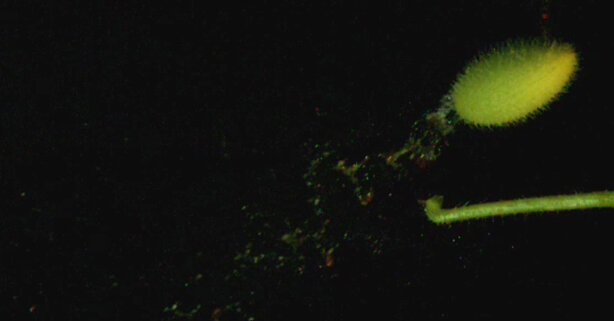Scientists say they’ve worked out how the plant can fire its seeds up to almost 40 feet.
The hairy, ground-hugging vines of the squirting cucumber Ecballium elaterium might seem like an ordinary weedy plant. But take a closer look at the plant, which grows in dry, barren areas in the Mediterranean, and you’ll find “an extraordinary thing,” said Chris Thorogood, a botanist at the University of Oxford Botanic Garden and Arboretum.
The roughly 1.5-inch fruits of the squirting cucumber contain toxic chemicals and are distinguished in another way from the green rounds you might put on a salad. “When they’re ripe, they eject their seeds very violently in a stream of mucilage,” Dr. Thorogood said. They can shoot up to almost 40 feet.
The Roman naturalist Pliny the Elder wrote about these plants around 2,000 years ago. It’s long been a mystery why and how the plants can carry out this act of vegetative bombardment, Dr. Thorogood said.
In a paper published Monday in the Proceedings of the National Academy of Sciences, Dr. Thorogood and his colleagues share how the squirting cucumber goes ballistic.
Researchers knew that pressure builds up inside the fruits before they blow. “Initially we all thought it was rather straightforward,” said Finn Box, a physicist at the University of Manchester and another author of the study. But they decided to take a closer look, recording high-speed video of the cucumber cannons in action.
The ripe fruit detaches from the stalk, opening a hole in the cuke’s base. From there, the researchers found, seeds emerge at speeds of up to 66 feet per second. As the fruit detaches, the stem recoils. The fruit rotates backward, changing the angle at which seeds shoot. As slimy fluid spews out, depressurizing the fruit, the seeds’ speed drops. The whole process takes about 30 milliseconds.
